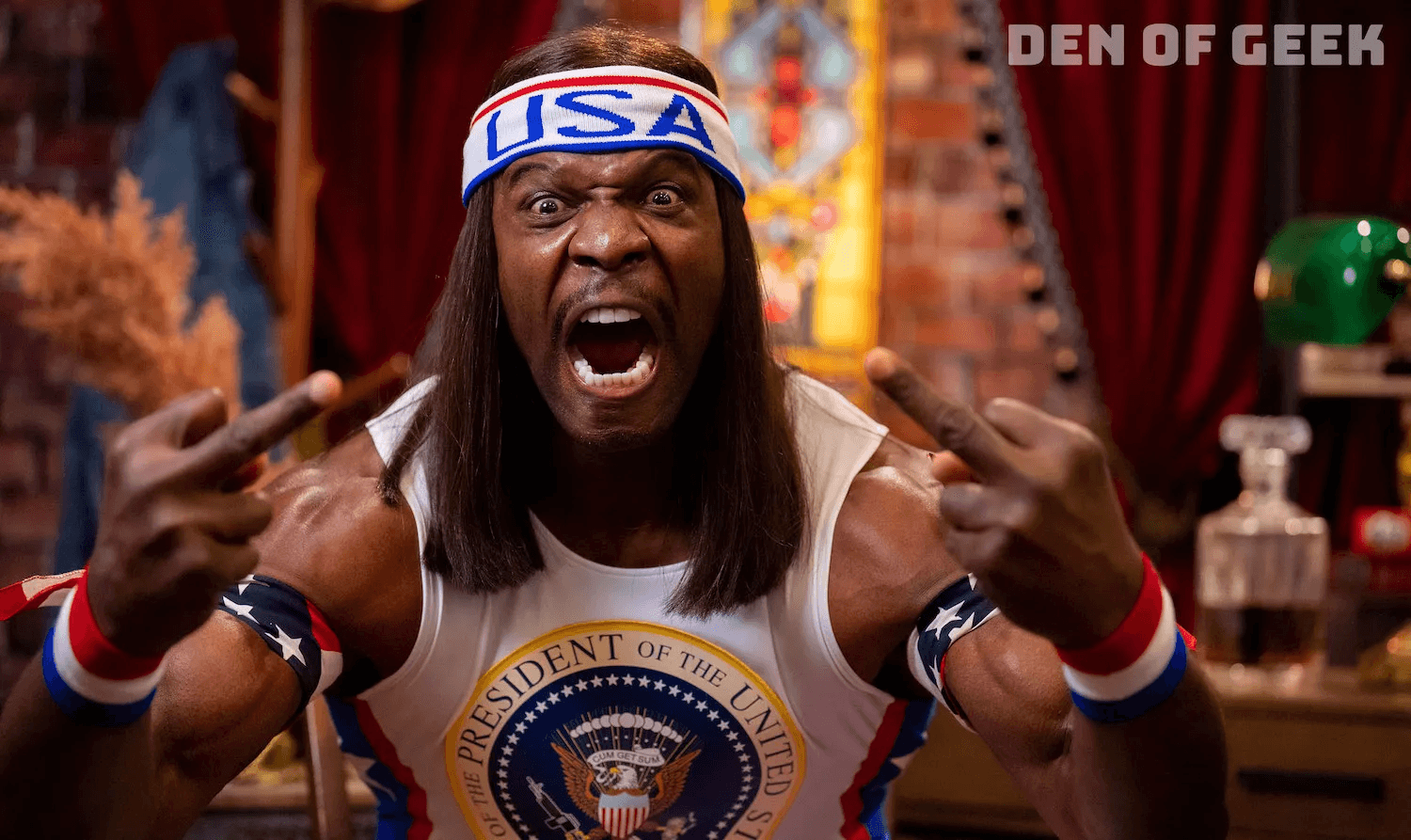
Apr 17, 2025
Here's a startling disconnect: 86% of senior executives believe delivering a cohesive brand experience is critical for success, yet only 23% of consumers report experiencing consistent brand interactions.
This gap isn't just a minor inconvenience—it's costing companies millions in wasted marketing spend, confused customers, and missed opportunities.
The problem isn't your logo, your color palette, or even your messaging. The real issue is far more fundamental: most companies still approach branding as a visual identity exercise rather than a comprehensive experience system.
The Fragmented Brand Reality
Today's brands exist across dozens of touchpoints—websites, apps, social platforms, physical spaces, customer service interactions, packaging, advertising, and more. Each of these moments shapes how customers perceive and connect with your brand.
When these touchpoints deliver inconsistent experiences, your brand becomes fragmented in the customer's mind. The result? Confusion, diminished trust, and weakened emotional connection.
We've developed a comprehensive Brand Experience Ecosystem framework that addresses this fragmentation with specific tools and methodologies. The full document includes audit templates and implementation guides you won't find elsewhere. [Learn more about accessing the complete framework.]
Beyond Visual Identity: The Brand Experience Ecosystem Model
Traditional branding has focused primarily on visual consistency—logos, colors, and typography. While these remain essential foundations, they're now just a small part of what constitutes a brand experience.
The Brand Experience Ecosystem represents the interconnected touchpoints where customers interact with your brand. This model addresses the full spectrum of brand manifestations through five interconnected layers:
Identity Layer: Core brand elements and attributes
Communication Layer: How the brand speaks and presents itself
Interaction Layer: How customers engage with the brand
Emotional Layer: The feelings the brand creates
Memory Layer: The lasting impressions that drive loyalty and advocacy
Most brands focus heavily on the first two layers while neglecting the others. The most powerful brands—the ones that create deep emotional connections—deliberately design for all five.
The Foundation: Purpose-Driven Brand Development
Every exceptional brand experience begins with a clearly defined brand foundation. This isn't just about what you sell, but why you exist and how you're different.
The Purpose-Driven Brand Framework defines the essential elements that drive brand decisions:
Purpose: Why the brand exists beyond profit
Values: Core principles that guide behavior and decisions
Personality: Human characteristics expressed by the brand
Positioning: How the brand is distinct from alternatives
Promise: The commitment made to customers
Consider how HospitalityCo, a mid-sized hospitality company we worked with, transformed their customer experience after clarifying their brand foundation. By defining their purpose as "creating moments of unexpected delight in everyday travel," they were able to align every touchpoint around this central idea—from room design to checkout procedures.
The result? A 32% increase in customer satisfaction scores and a 28% improvement in brand perception metrics within just 12 months.
Our Brand Foundation Workshop in the full Brand Experience Ecosystem document provides a guided collaborative session to define and align on these core elements. Companies often describe this workshop as transformative for their entire organization. [Get the complete framework to access this powerful methodology.]
The Expression System: Multi-Dimensional Brand Identity
While visual identity remains important, today's most powerful brands develop comprehensive expression systems that work across all senses and contexts:
Identity System Components:
Visual Identity: Logo, color, typography, imagery, icons, patterns
Verbal Identity: Voice, tone, messaging, naming, terminology
Sonic Identity: Music, voice, sounds, signals
Motion Identity: Animation principles, transitions, behaviors
Spatial Identity: Environmental design, physical experiences
When these elements work together cohesively, they create a brand that's instantly recognizable across any touchpoint—whether customers see it, hear it, or interact with it.
Consider how distinctive brands like Apple engage multiple senses:
Visual: Minimalist design, distinctive product forms
Verbal: Simple, direct language with a confident tone
Sonic: Recognizable startup sounds and notification tones
Motion: Smooth, precise animations that suggest quality
Spatial: Carefully designed retail spaces that embody the brand
The Identity System Development Methodology in our full framework provides a structured approach to creating these cohesive expression systems. This has helped companies increase brand recognition by up to 43% across diverse touchpoints. [Download the complete Brand Experience Ecosystem framework.]
Touchpoint Architecture: Mapping the Customer's Brand Journey
Creating cohesive brand experiences requires understanding and designing every interaction. The Touchpoint Mapping System provides a structured approach to this challenge:
Touchpoint Categories:
Digital Touchpoints: Websites, apps, social media, email, etc.
Physical Touchpoints: Stores, packaging, products, environments, etc.
Human Touchpoints: Customer service, sales, support, etc.
Communication Touchpoints: Advertising, marketing, PR, etc.
Partner Touchpoints: Distributor, reseller, and affiliate experiences
Most companies are shocked to discover just how many touchpoints they have—often 50+ distinct moments where customers experience their brand. More concerning is how inconsistent these experiences typically are.
Our touchpoint audit with a financial services company revealed that their brand was expressed in 27 fundamentally different ways across their ecosystem. No wonder customers were confused about what the brand stood for!
The Touchpoint Audit Methodology in our full Brand Experience Ecosystem framework provides a systematic approach to inventorying and evaluating these interactions. Companies typically identify 15-20 high-impact improvement opportunities through this process. [Get the complete framework to access this invaluable tool.]
Signature Experience Design: Creating Memorable Brand Moments
Distinctive brands create signature experiences—memorable moments that differentiate them from competitors:
Signature Experience Types:
Process Signatures: Distinctive ways of delivering service
Ritual Signatures: Special moments that create memories
Environment Signatures: Unique spaces or atmospheres
Interaction Signatures: Distinctive ways customers engage
Recognition Signatures: Special acknowledgments of customers
Think about signature experiences like Apple's distinctive packaging unboxing, Starbucks calling your name when your drink is ready, or Disney cast members' unique way of interacting with guests.
These aren't just nice-to-have details—they're strategic differentiators that create emotional connections and drive word-of-mouth.
The Signature Experience Development System in the complete Brand Experience Ecosystem framework provides a structured approach to creating these distinctive moments. This methodology has helped brands increase customer advocacy by up to 38%. [Download the full framework to transform your brand experiences.]
Narrative Framework: The Power of Brand Storytelling
Stories create meaning, connection, and memorability for brands. The Brand Story System provides a framework for developing narratives that resonate:
Brand Story Components:
Origin Story: How and why the brand began
Purpose Story: The difference the brand aims to make
People Stories: The humans behind the brand
Product Stories: The offerings and their development
Customer Stories: How the brand affects users' lives
When these stories are consistently told across touchpoints, they create a coherent brand narrative that customers can connect with and share.
Consider how Patagonia uses storytelling masterfully across their ecosystem:
Their origin story about founder Yvon Chouinard is featured in stores and on their website
Their purpose story about environmental activism is integrated into product tags
Customer stories about adventures and conservation efforts populate their social channels
Product stories about sustainable innovation appear in catalog descriptions
This narrative consistency creates a brand that stands for something meaningful in customers' minds.
The Brand Story Development Framework in our complete document provides a comprehensive methodology for creating compelling brand narratives. This approach has helped companies increase emotional connection scores by up to 47%. [Get the full framework to access this storytelling system.]
Brand Behavior: How Your Brand Acts
How a brand behaves is as important as how it looks and what it says. The Brand Behavior Framework defines the principles that guide actions:
Brand Behavior Dimensions:
Interaction Style: How the brand engages with customers
Decision Principles: How choices reflect brand values
Problem Resolution: How issues are handled
Recognition Approach: How customers are acknowledged
Adaptation Style: How the brand evolves and responds
These behaviors are particularly evident in service interactions, which are critical moments for brand experience. When Southwest Airlines flight attendants use humor during safety announcements, they're expressing the brand's behavior principles as much as when their planes feature their distinctive blue and orange design.
The Behavior Principle Development System in the full Brand Experience Ecosystem framework provides a structured approach to defining these brand behaviors. Companies report that this system helps align employee actions with brand values far more effectively than traditional training. [Download the complete framework.]
Measuring Brand Experience Effectiveness
Measuring brand experience requires a multi-dimensional approach beyond traditional brand tracking:
Measurement Dimensions:
Perception Metrics: How the brand is understood
Experience Metrics: How interactions are evaluated
Behavioral Metrics: How customers act
Business Metrics: How the brand affects performance
Competitive Metrics: How the brand compares to alternatives
By tracking metrics across these dimensions, you gain a much more nuanced understanding of your brand's effectiveness in the market.
The Brand Measurement System in our complete framework provides a structured approach to evaluating brand experience effectiveness, including metric selection, data collection methodology, and reporting systems. [Get the full Brand Experience Ecosystem framework to transform how you measure brand impact.]
Industry Applications: Where to Start
Different industries have unique brand ecosystem challenges and opportunities:
Retail & Consumer Products:
Product-packaging integration connecting physical products with brand
Retail environment design creating immersive brand spaces
Digital-physical integration connecting online and offline experiences
B2B & Professional Services:
Relationship architecture designing long-term client engagement
Expertise demonstration showcasing specialized knowledge
Process visibility making complex services tangible
Digital Products & Services:
Product-brand integration embedding brand into functionality
Interface expression systems translating brand into interaction
Communication architecture aligning notifications with brand voice
The complete Brand Experience Ecosystem framework includes detailed case studies and implementation guidance for these industries and more, including hospitality, healthcare, financial services, and non-profits. [Get the full framework for industry-specific insights.]
Transform Your Brand Experience
Creating a cohesive brand experience isn't about better policing of logo usage or more rigid guidelines. It's about systematically designing every touchpoint to deliver on your brand's purpose and promise.
The Brand Experience Ecosystem framework provides a comprehensive approach to creating cohesive, memorable brand experiences. Our complete framework includes:
Brand foundation development workshops
Expression system creation methodologies
Touchpoint mapping and evaluation tools
Signature experience design frameworks
Narrative development systems
Brand behavior definition guides
Measurement frameworks for experience effectiveness
Industry-specific implementation guides
[Download the complete Brand Experience Ecosystem framework now] to transform your approach to branding and join the elite companies delivering cohesive, memorable experiences that drive loyalty and growth.
About Boneyard: We're an AI-powered Flutter development and creative agency that builds for the future. We focus on Flutter-first development, AI consulting & automation, brand & digital strategy, and creative storytelling & design that stands out in a crowded market.





